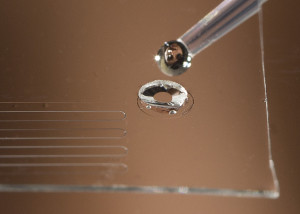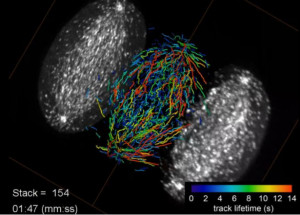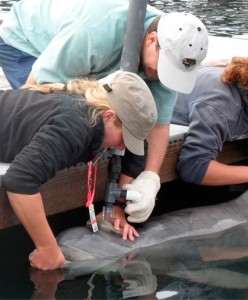The 2014 Nobel Prize in Chemistry has been awarded “for the development of super-resolved fluorescence microscopy.”
The awardees are as follows: Eric Betzig, 54, of the Howard Hughes Medical Institute’s Janelia Research Campus in Ashburn, VA.; Stefan W. Hell, 51, of the Max Planck Institute for Biophysical Chemistry in Gottingen, and the German Cancer Research Center in Heidlberg, Germany; and William E. (W.E.) Moerner, 61, of Stanford University.
Because of these men, it is possible for us to obtain optical images at the nanometer scale and understand molecules.
This from The Royal Swedish Academy of Sciences:
For a long time optical microscopy was held back by a presumed limitation: that it would never obtain a better resolution than half the wavelength of light. Helped by fluorescent molecules the Nobel Laureates in Chemistry 2014 ingeniously circumvented this limitation. Their ground-breaking work has brought optical microscopy into the nanodimension.
Read the full article here.
The committee noted the importance of these achievements, by which we’re able to see how proteins in fertilized eggs divide into embryos and track proteins involved in Alzheimer’s or Parkinson’s disease.
“Due to their achievements, the optical microscope can now peer into the nanoworld,” said the committee.
Find out more information on the discoveries of the winners at Chemical & Engineering News.
Also, check out our past issue of Interface entitled, “25 Years of Scanning Electrochemical Microscopy.” The journal is completely open access, allowing everyone to partake in and share this wealth of information.






